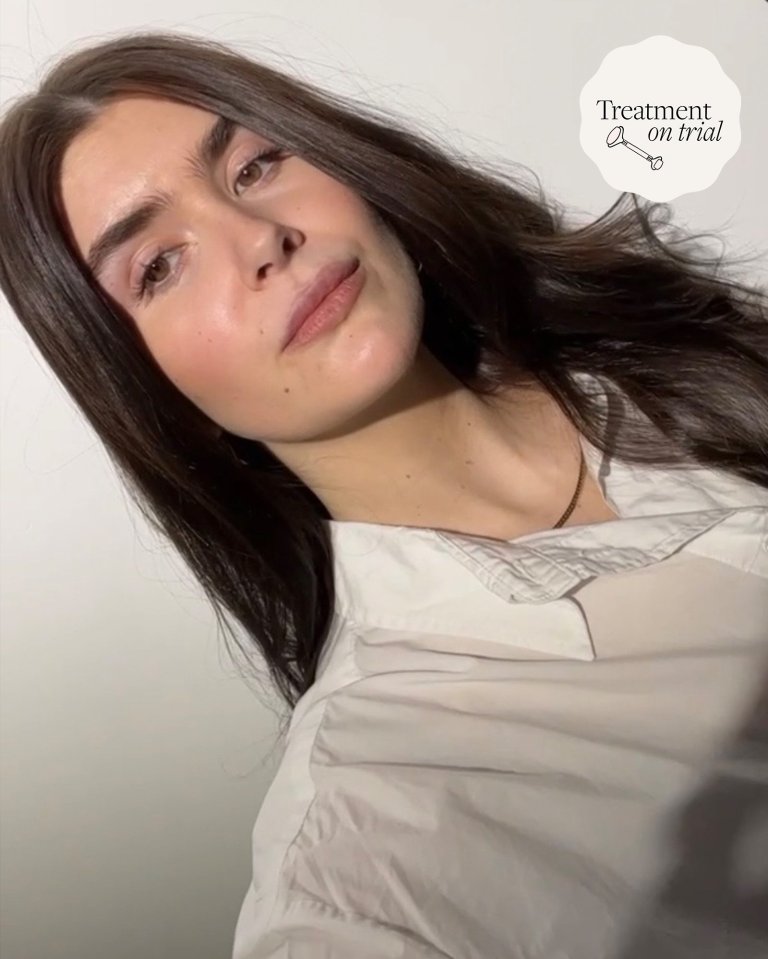Wondering if a new trending facial is actually worth your cash, or if fillers are for you? Our ‘I Tried’ franchise trials and tests all the latest treatments to provide honest, frills-free recommendations.
Up until my early twenties, I never had a problem with acne. To the annoyance of my friends, I sailed through my teen years with clear skin but at 22, I decided to come off my contraceptive pill. Within a couple of months, mountains of painful spots were brewing under the skin around my chin area, dealing a serious blow to my confidence and leaving me to tackle a whole new skincare issue head on.
After a few months of trying to calm the acne to no avail, I went back on the pill. As suspected, the spots disappeared, but even though I’d abstained from picking and tried my best to only address the blemishes with topical treatments rather than squeezing, what was left behind was a stubborn scattering of brown pigmentation marks, also known as post-acne pigmentation.
Not wanting to screw up my skin again, I was wary of going down the retinol or vitamin C route. Both have been hailed as hero ingredients for reducing uneven skin tone, but they didn’t agree with my skin. Back to square one.
Where I used to be happy approaching most days with bare skin, the slightly mottled scarring that the acne had left on my chin had me reaching for concealer and foundations on a daily basis.
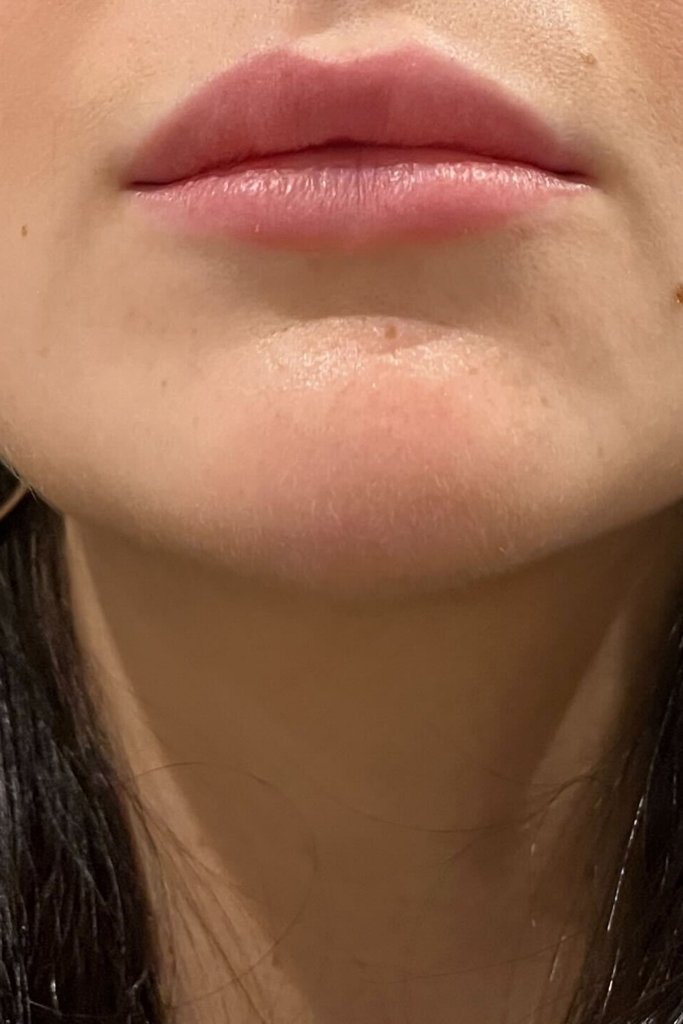
By no means did I think that my acne scarring was that bad; I was incredibly lucky compared to how severe some damage can be, but the scars that having a bout of acne leaves go a little further than just skin deep. I had people constantly telling me they couldn’t notice it, but for me, it was all I could notice when I was greeted with those little brown spots every time I took off my makeup.
Over the past few years, by using exfoliating products such as Sunday Riley’s Good Genes Glycolic Acid Treatment, £70, Cult Beauty, and through my skin’s natural rejuvenation, the scars have faded slightly, but it’s always something I knew I’d want to get rid of completely should I have the chance.
If you want to try a topical treatment to see if it will minimise your scarring before investing in laser sessions, these are the ones I’d recommend starting with. If, after a few months, you don’t start to see results, it might be worth looking into more permanent treatment options.
Swipe and shop: Products for post-acne pigmentation
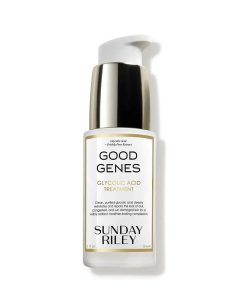
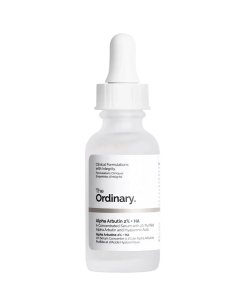


*Eliza may earn commission on sales from these product links
Which laser treatment will get rid of post-acne pigmentation?
After going for an initial consultancy with Professor Firas Al-Niaimi at Taktouk Clinic to see whether there would be a suitable treatment and whether it would be worth it, I was recommended a single laser session with their V Beam Prima laser machine. He explained that this laser could be used to treat a whole host of skin concerns, from spider veins to rosacea, sun damage and inflammatory acne.
There are a few versions of the machine, but Taktouk’s Clinic (founded by Dr Wassim Taktouk) houses the most updated version, with, they say, an extra wavelength that goes deeper into the skin and therefore they claim gives faster, more efficacious results. The machine is super versatile and can be used on larger areas of the face, for example in cases of rosacea where a larger surface area needs treating, or smaller areas, as in my case where I wanted to tackle the scars on my chin.
How does laser for post-acne pigmentation removal work?
In this case, the V Beam Prima uses a pulsed dye laser, which is delivered in pulses to the targeted area. Now for the techy bit: the wavelengths from the laser go into the skin and are, according to Taktouk’s website, “absorbed by the oxyhaemoglobin in the blood vessels where they clear dilated blood vessels to reveal smoother, more even-toned skin”. This is what makes it a flexible treatment for an array of skincare issues.
Because my scarring was so light, Professor Firas advised that the one session would probably be enough for it to disappear completely. I came back the following week for my laser session, put on some nifty-looking goggles and sat in the chair.
Does laser for post-acne pigmentation removal hurt?
To be honest, I went in bracing myself for a certain amount of pain (I count myself as the laser aficionado after going through laser tattoo removal and a radiofrequency non-surgical brow lift in recent months) but was met with nothing more than a cold blast of air which felt like a tiny water jet on my skin. The laser was applied three times to either side of my chin where the acne scarring was, and that was that.
How long does laser for post-acne pigmentation removal take?
Straight away, Professor Firas applied a balm on the treated area and advised me to put hyaluronic acid onto the area in the evening, make sure I was applying SPF and avoid active ingredients for the next few days. Other than that, there was nothing else I needed to do.
All in all, the laser itself took a matter of seconds, and I was in and out of the office in the same time it would have taken me to brew a cup of tea.
There was a slight redness on the area afterwards, which I was advised would happen, but in the 20 minutes it took me to get back to the office, that had completely disappeared.
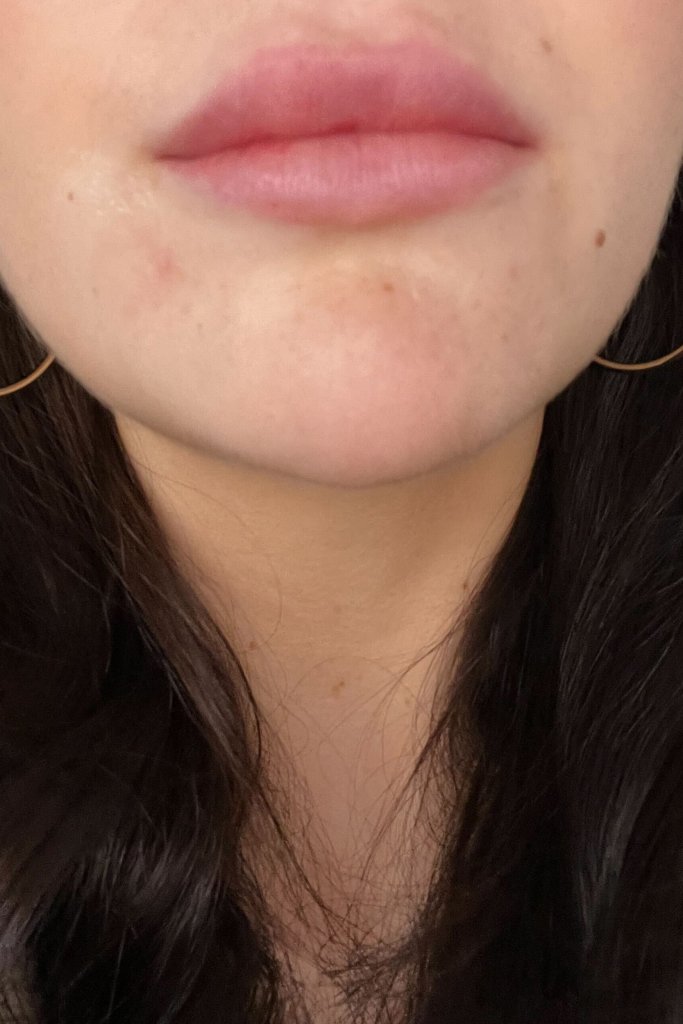
As for the results, Prof. Firas told me I could expect to see the post-acne scars disappear in around a month’s time, which is on average how long my skin cells take to renew. I’ll be coming back here and updating you with my one-month-after picture.
How much does laser for post-acne pigmentation removal cost?
Taktouk Clinic is one of the best and most highly rated in London among beauty editors and clients alike, placing treatments at the more expensive end. During your consultation, you’ll be advised on how many sessions you’ll need to fade your scarring, with prices at Taktouk’s Clinic starting at £600.
The price will vary depending on your location and clinic, but I can’t stress enough the importance of going to a reputable doctor. Make sure to do your research, look at reviews and client feedback, and always make sure to visit the clinic for a consultation so you can get a feel of the place in person.
It’s worth saving up the money and going somewhere you know you’ll be in the best hands. The ease and speed of the V Beam Prima laser in particular was priceless; I was stunned at how painless and quick the treatment was.
I genuinely can’t wait to see how the area of skin looks in a month’s time. If the laser treatment lives up to its promise, I’ll be spending the summer foundation-free.
